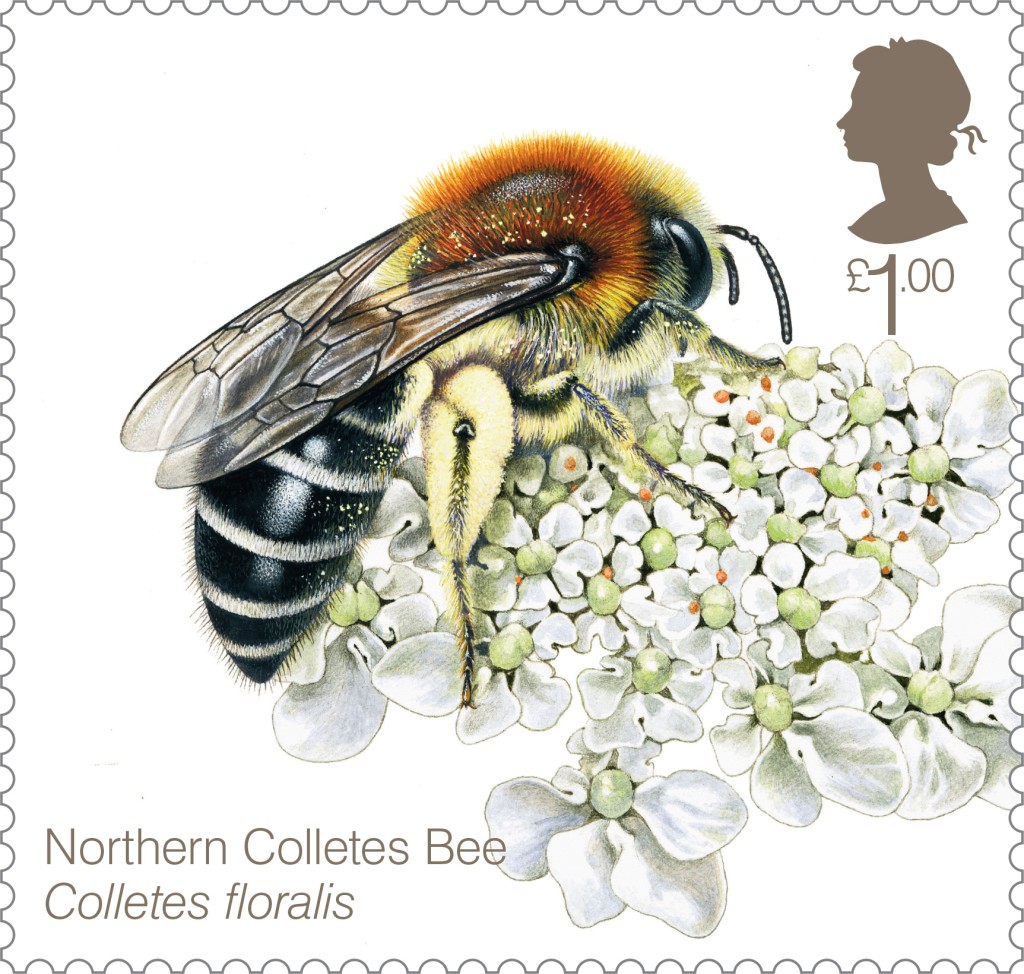Neonicotinoid insecticides have been signaled as an important driver of widespread declines in bee diversity and abundance. Neonicotinoids were registered in the 1990s and by 2010 accounted for one third of the global insecticide market. Following a moratorium in 2013, their use on open-field crops was completely banned in the EU in 2018. Pesticide regulation should be based on solid and updated scientific evidence, whereby products showing unacceptable effects on the environment are not approved. Clearly, pesticide regulation failed to detect the ecological threats posed by neonicotinoids.
We argue that at the time neonicotinoids were authorized, risk assessment (RA) protocols were inadequate to detect some of the risks associated with neonicotinoid properties, including high efficacy, long persistence, high systemicity, high mobility, and application versatility. We advocate for the adoption of a more holistic RA approach that should account for: a) temporal and spatial dimensions of pesticide exposure; b) co-exposure to multiple compounds; c) differences among bee species with different life histories in levels of exposure and sensitivity; and d) sublethal effects (mostly ignored in current RA procedures). We also argue that regulatory studies conducted to support pesticide registration should be publicly available, and that pesticide regulation should not be discontinued once a product has been authorized. We should use the knowledge acquired through the neonicotinoid experience as an opportunity to profoundly revise bee RA schemes. These efforts should be initiated promptly; the neonicotinoid story has also taught us that the regulatory system is reluctant to react.
Source: Fabio Sgolastra et al. Biological Conservation Volume 241, January 2020, 108356

- Login om te reageren
